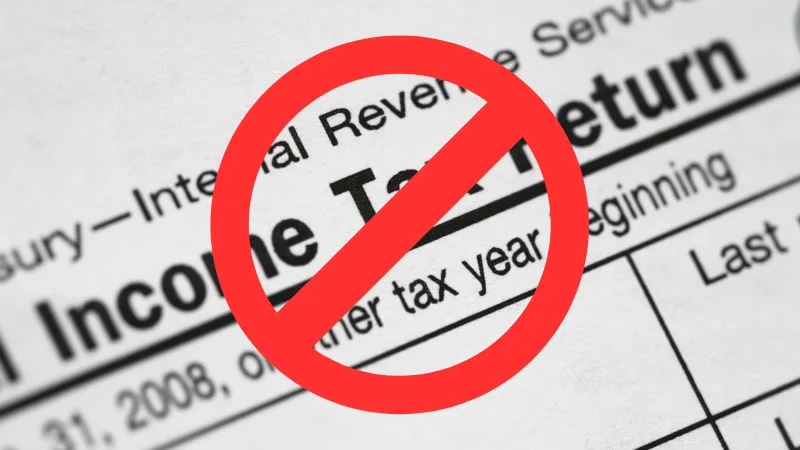As the holiday season approaches, there’s a glimmer of hope for consumers weary of high prices. Deflation, a rare but welcome phenomenon in retail, might just make a timely appearance, offering relief from the persistent inflation we’ve seen recently.
Insights from Retail Leaders
Doug McMillon, the CEO of Walmart, recently shared an optimistic outlook. During a statement on Thursday, McMillon pointed to decreasing prices in essential grocery items like chicken and eggs as indicators that deflation might be on its way. He noted that while some products, such as beef, are still on the pricier side, a downward trend in prices for other key items is expected in the coming months.
Adding to this positive forecast, Christina Hennington, Target’s Chief Growth Officer, revealed a notable reduction in the average price of basic goods. Between the second and third quarters, there was a three-percentage point drop in prices, indicating a broader trend of easing costs for consumers.
Black Friday and Beyond: What to Expect
JCPenney, another major player in the retail sector, has announced plans to maintain or even reduce prices for Black Friday compared to last year. This strategy is likely a response to the mixed signals in consumer spending and attitudes towards holiday shopping.
Consumer Spending Trends and Attitudes
Despite a dip in retail spending in October – the first since March – there’s a complex picture emerging about consumer behavior this holiday season. A WalletHub survey showed that 34% of families are considering skipping gift-giving altogether. However, there’s a contrasting trend among younger shoppers. A significant 81% of Gen Z and Millennial consumers express readiness to spend more, moving away from modest gifts like the proverbial tube socks towards more extravagant items.
Additional Context: Understanding Deflation in Retail
Deflation, while beneficial in the short term for consumers, can have varied implications for the economy. It often leads to lower prices due to excess supply or decreased demand. In the context of the current economic situation, where supply chain issues and post-pandemic market adjustments are playing a significant role, deflation could signal a rebalancing of market dynamics.
Conclusion: Cautious Optimism for Shoppers
This potential shift towards deflation, as hinted by leaders in the retail industry, suggests a holiday season where shoppers might find some respite from high prices. While this is a positive sign, it’s important to view it in the broader context of economic trends and consumer behaviors. As we navigate these changing times, staying informed and adaptive will be key to making the most of this holiday season.





